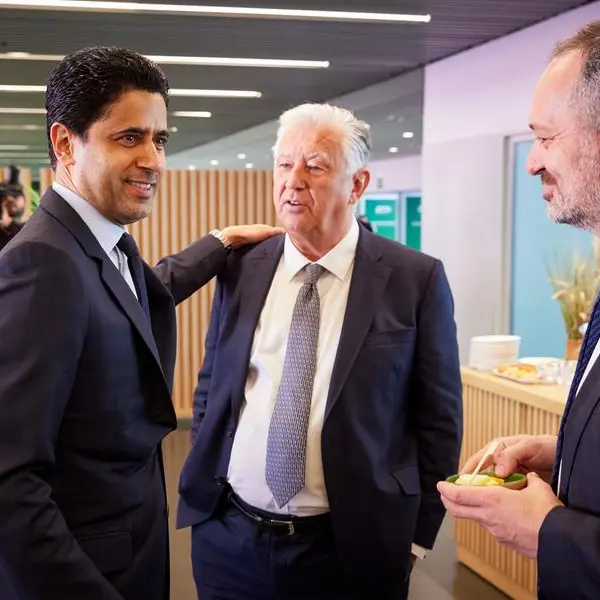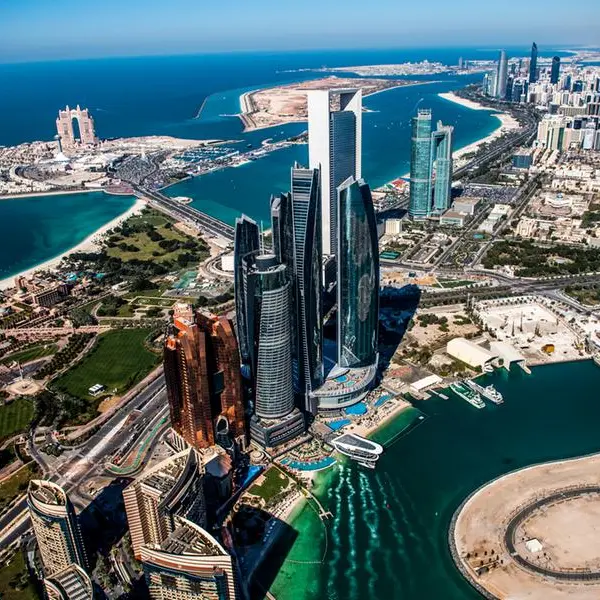Kuwait: Kuwait Financial Centre “Markaz” recently released its Monthly Markets Review report. Markaz report stated that GCC equity markets greeted its investors in celebratory fashion, recording its highest monthly gains in over two years. Investor sentiment was bullish, as the influx of foreign funds, uptick in oil prices and expansionary budget policies are all expected to support corporate earnings growth in 2019. Kuwait’s market was off to a strong start in 2019, gaining 2.5%, after disappointing in the fourth quarter of last year. The index performance was led by banking stocks, which were boosted by the decision to lift the foreign ownership cap of 49% on domestic banks. National Bank of Kuwait and Boubyan Bank gained 4.1% and 3.4% respectively for the month. The news of Kuwait Financial House and Ahli United Bank agreeing upon a merger invoked mixed response from shareholders, as Ahli United Bank soared by 13.7% for the month while KFH witnessed its share price fall by 0.5% in the same period.
The S&P GCC index recorded its best start to a year in recent years, gaining 6.8% for the month, boosted by the strength in Saudi stocks. Saudi Arabia outperformed its GCC peers, rising up by 9.4% in January. Qatar, Abu Dhabi, Bahrain and Kuwait also ended the month positively, gaining 4.1%, 4.0%, 2.6% and 2.5% respectively. Dubai market, which was the biggest loser of 2018, witnessed a rise of 1.5%. Oman was the only drag on the index, losing 3.6% for the month. The strength in Saudi equity markets was led by the rally in large cap stocks that are expected to be part of the MSCI EM benchmarks after the inclusion of Saudi Arabia into the Emerging Market indices. Rebound in oil prices, inflow of foreign funds and the increase in capital expenditure projected in the budget were all positive triggers that helped the country’s equity markets. Qatar was the next best performer, extending its positive performance of 2018 into the New Year.
Markaz report stated that Ezdan Holdings, Al-Rajhi Bank and Samba Financial Group were the top gainers among Blue Chips, rising by 20.4%, 15.7%, and 15.6% respectively for the month. Samba, Saudi Arabia’s third largest bank by total assets, witnessed an uptick in prices after reporting a rise in yearly earnings. Al-Rajhi Bank’s prices also went up as Malaysia’s Central Bank gave the nod for Malaysian Industrial Development Finance (MIDF), a state-backed Malaysian lender, to conduct negotiations with Al Rajhi Bank over a potential merger deal.
Oil prices rose by 15.0% during the month, snapping a three-month losing streak. Volatility in the oil markets refused to die down as production cut announcements, concerns over demand and fresh sanctions caused the prices to fluctuate. Oil prices surged further towards the close of the month, reacting to the U.S. sanctions on Venezuela’s crude exports.
Market trends
Indications from the state budgets of GCC countries largely suggest that they are gearing up for another year characterized by spending to revive economic growth. Development of non-oil sectors continues to be the common theme among GCC budgets, as they remain upbeat with respect to revenue inflows, with oil prices projected to increase in 2019.
GCC fixed income markets were handed a boost when J.P. Morgan announced that they would be including GCC countries into their Emerging Market Bond Index. Post-announcement, Saudi Arabia’s sovereign debt outperformed similarly rated instruments from other countries. Despite these developments, issuances in the GCC region are expected to fall, considering the limited upside potential in the environment of increasing rates.
In the wake of index inclusion announcements pertaining to GCC markets, foreign inflows have seen a sharp uptick in recent months. With the impending inclusion of Saudi Arabia into MSCI EM index and GCC countries into J.P Morgan’s emerging market bond index expected to take place during the year, GCC countries are well poised to see a huge influx of foreign funds. While undoubtedly being a positive sign, GCC countries must not be carried away by the passive inflows and focus on pursuing further reforms to ensure the sustenance of foreign capital and development of the economy.
-Ends-
About Kuwait Financial Centre “Markaz”
Established in 1974, Kuwait Financial Centre K.P.S.C “Markaz” is one of the leading asset management and investment banking institutions in the MENA region with total assets under management of over KD 1.06 billion as of 30 September 2018 (USD 3.51 billion). Markaz was listed on the Boursa Kuwait in 1997.
For further information, please contact:
Alrazi Y. Al-Budaiwi
Media & Communications Department
Kuwait Financial Centre K.P.S.C. "Markaz"
Tel: +965 2224 8000
Fax: +965 2246 7264
Email: abudaiwi@markaz.com
markaz.com
Disclaimer: The contents of this press release was provided from an external third party provider. This website is not responsible for, and does not control, such external content. This content is provided on an “as is” and “as available” basis and has not been edited in any way. Neither this website nor our affiliates guarantee the accuracy of or endorse the views or opinions expressed in this press release.
The press release is provided for informational purposes only. The content does not provide tax, legal or investment advice or opinion regarding the suitability, value or profitability of any particular security, portfolio or investment strategy. Neither this website nor our affiliates shall be liable for any errors or inaccuracies in the content, or for any actions taken by you in reliance thereon. You expressly agree that your use of the information within this article is at your sole risk.
To the fullest extent permitted by applicable law, this website, its parent company, its subsidiaries, its affiliates and the respective shareholders, directors, officers, employees, agents, advertisers, content providers and licensors will not be liable (jointly or severally) to you for any direct, indirect, consequential, special, incidental, punitive or exemplary damages, including without limitation, lost profits, lost savings and lost revenues, whether in negligence, tort, contract or any other theory of liability, even if the parties have been advised of the possibility or could have foreseen any such damages.










